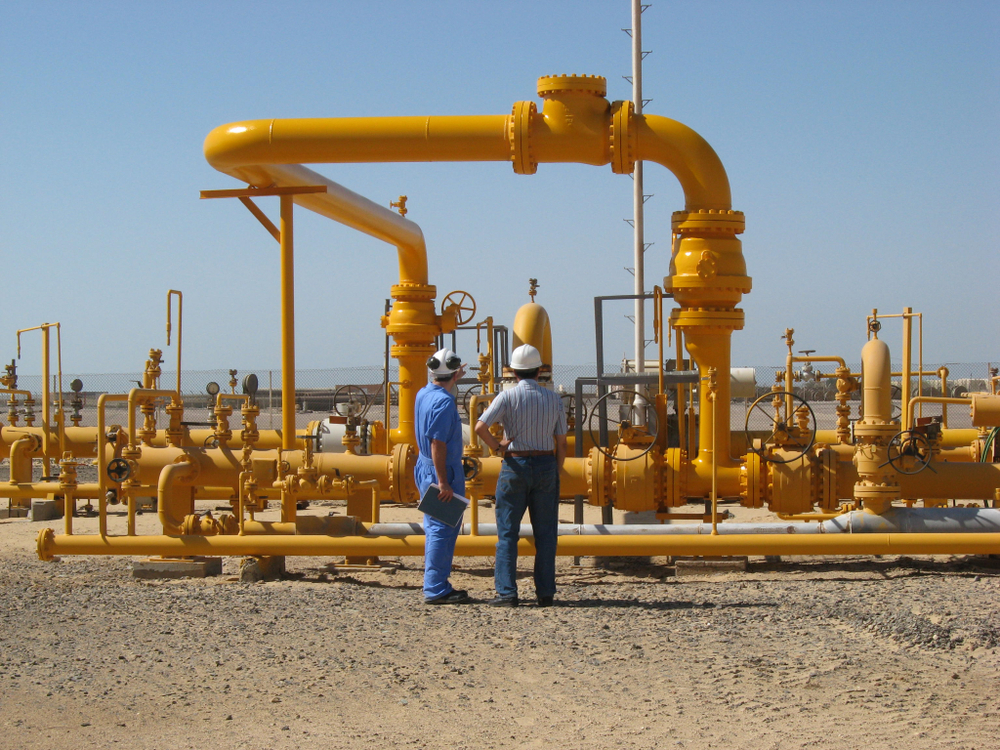According to the statistics released by the UK government, the total revenues from UK oil and gas production between 2022 to 2023 increased by £7.6 billion versus 2021 to 2022. While this outlines the strength and importance of oil and gas as both a fuel and an industry to the economy, there are trends that are posing serious concerns to the supply chain and the wider health of the sector.
Scott Gilmour, Account Manager, from HTL Group, the leading supplier of handheld hydraulic cutters for several industries, has offered insight into the issues facing the sector, and how best to strengthen to mitigate potential threats to its success.
The impact of geopolitical conflicts
One of the most significant disruptors to the oil and gas industry is geopolitical concerns creating uncertainty. Geopolitical tension can have a huge impact on the supply and distribution of oil and gas. We only need to look as far as Eastern Europe, where Russia is ranked in the top ten oil-producing countries in the world for 2024. However, when the conflict between Russia and Ukraine began, the sanction placed on Russia by other global powers caused a notable surge in the price of WTI crude oil to $133.46 (£106.89) per barrel and Brent crude oil to $139.10 (£111.43) per barrel, which is the highest price since July 2008.
Conflicts in the Middle East, for instance, have historically roiled oil markets, causing spikes in prices and supply disruptions. Shifting alliances, trade disputes, and sanctions regimes further complicate the operating environment for oil and gas companies, forcing them to navigate a geopolitical minefield fraught with risks and uncertainties.
Renewable energy
The emergence of renewable energy technologies presents a huge challenge to the traditional dominance of fossil fuels. The growing concerns about being sustainable, coupled with advancements in solar, wind, and battery storage technologies, are reshaping the energy landscape.
As governments worldwide ramp up efforts to combat climate change, renewable energy sources are gaining momentum, posing a threat to the long-term viability of the oil and gas industry. Companies are thus confronted with the urgent need to diversify their portfolios and embrace cleaner, more sustainable energy alternatives or risk obsolescence in a rapidly evolving market.
Inflating costs and macroeconomics
The sector also sees considerable uncertainties because of the wider macroeconomic fluctuations being seen, with inflation significantly threatening the progression of activity. In fact, a poll by GlobalData found that as many as 34% of respondents believe there’s a high chance of projects being stalled or completely cancelled due to cost inflation.
Costs will become an even greater consideration for businesses within the industry going forward, particularly in wider macroeconomics. Fluctuations in global economic growth, inflation rates, and currency values can send ripples through the industry. Events can show the sector’s vulnerability to external economic forces, leaving companies scrambling to adapt to rapidly changing market conditions.
Emerging technologies and the supply chain
In addition to renewable energy, technological innovation is disrupting traditional processes within the oil and gas sector itself. The emergence of automation, artificial intelligence, and data analytics is streamlining operations, enhancing efficiency, and reducing costs. However, many established players in the industry find themselves with legacy systems and entrenched in outdated practices, hindering their ability to fully capitalise on these technologies. Failure to adapt to this technological revolution could leave companies vulnerable to more agile competitors and erode their competitive edge in an increasingly digitised marketplace.
One thing remains clear, which is that adaptability is paramount for survival in the oil and gas sector. Companies must embrace agility and innovation, proactively addressing macroeconomic shifts, geopolitical risks, and technological disruptions. This entails diversifying energy portfolios, investing in renewable energy initiatives, and leveraging cutting-edge technologies to optimise operations and drive sustainable growth.
https://www.htlgroup.com/products/nut-splitting-cutting-equipment/
https://currentaffairs.adda247.com/top-10-oil-producing-countries-in-the-world/








